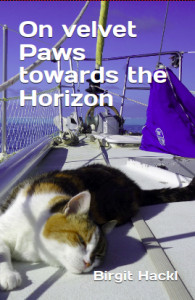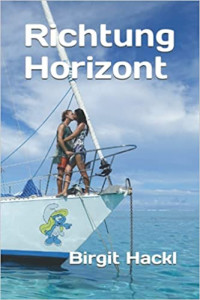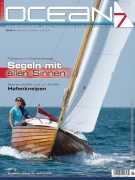So far we’ve had good experiences having parcels shipped from Germany to Tahiti with ‘DHL Paket’ (that’s probably just the regular mail parcel). Important is not to use ‘DHL express’ though, because if you do that the shipment is not only almost 10 times more expensive, but the parcel is also handled by an ‘agent’ who charges 120 euros for this service (customs paperwork or whatever).
Two parcels have already reached us without additional fees, they were simply delivered by the local post service to the address of our polynesian friend. When we ordered engine mounts from a company in the UK we told them in every single e-mail to use DHL standard, not express (the correspondence stretched out over two months due to time difference, and a general unwillingness to part with any of their products…). Of course they ignored our demands and sent it express.
Yesterday when we were sailing up to Tahaa the phone suddenly rang with a DHL agent informing us that the parcel would be delivered as soon as the outstanding payment of the agent fee was done.
Great. As we were 120 miles away from Tahiti we had to do a money transfer from a post office to our friend. Of course the only post office is located on the other side of the island, so we did a pre-breakfast expedition this morning:
At 7 o’clock we took the dinghy to the dock in Tapuamu to catch the early morning traffic (there’s not much traffic on Tahaa in general and no bus service). We hadn’t even properly lifted our thumbs when a van with a friendly local family stopped who took us directly to the post office in Patio even though it was a detour for them. So we managed to send the money on its way at 7.30. On the way back a mini-bus full of cheerful community workers stuffed us in. The men were constantly chatting with us, waving at every passing car and insisted on sharing their breakfast with us. Tahaa’s a great place to meet locals.
Back on the boat we got a message that our friend had already picked up the money, then it took only 5 more phone calls to the DHL people to give directions and at 12 o’clock we got the thumbs-up from our friend in Tahiti: parcel successfully received!
How would you explain complications like that to a bored English office worker??






